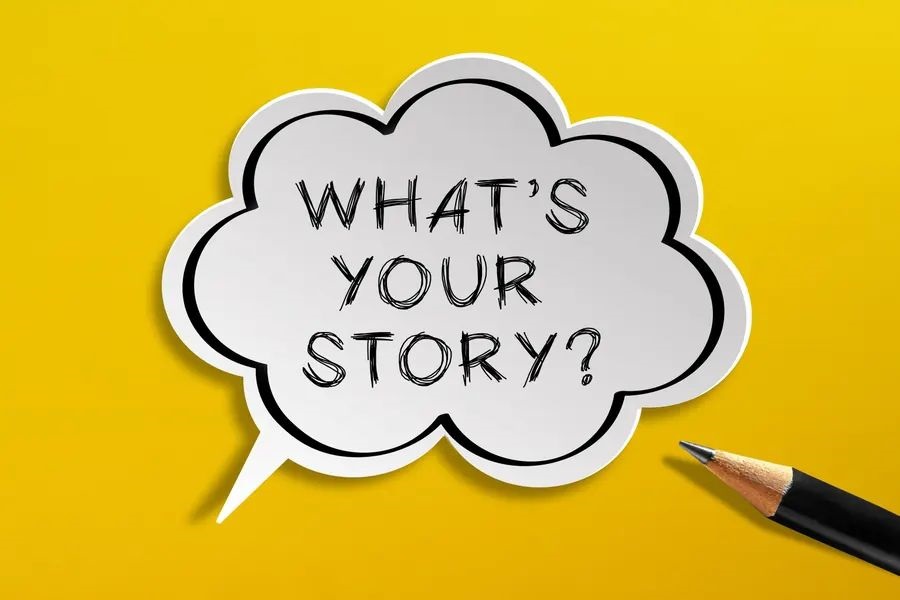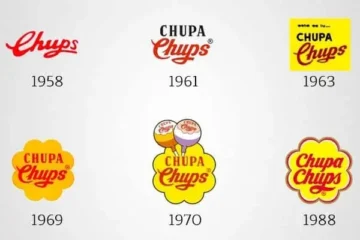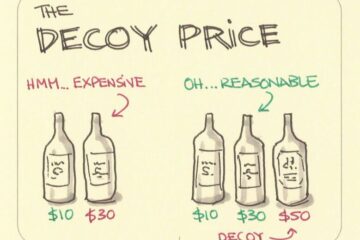Consumers are Filling in the Gaps with Emotions
Since our memory is imperfect, Consumers are Filling in the Gaps with Emotions. Marketers can take advantage of this by crafting stories that resonate emotionally, because Emotions Drive Decisions…

There’s a growing body of research showing that not only do our memories fade over time, but they also become increasingly vulnerable to distortion and false information.
The more empathetic you are, the more likely you are to unknowingly incorporate false information into your memories. But it doesn’t stop there, entire memories can be planted, especially when trusted individuals, like family members, introduce misleading details.
So, it turns out our memories aren’t as reliable as we often assume. Even those memories we’re certain are accurate may not be as true as we think.
But here’s where it gets interesting: our brains don’t store information like a spreadsheet. Sure, our memories help us learn from past experiences, guiding us to make better decisions in the future. But memory has a much more important and complex role that we often overlook: telling Who We Are.
As humans, we need a sense of identity to navigate the complexities of life and social situations. Our memories play a key part in creating that identity. They give us a narrative of our past, forming the story that shapes how we see ourselves.
What really matters is that we have a cohesive story about our past that helps define our sense of self. Rather than relying on perfectly accurate memories, it’s easier for us to use vague recollections and fill in the gaps to support the version of ourselves we’ve come to accept.
>>> As a marketer, you should embrace storytelling by focusing on the narrative, not just the product features. Identity before product features means connecting your brand to the customer’s sense of self. Because our memory is imperfect, consumers are filling in the gaps with emotions.
Article available also on LinkedIn ![]()


